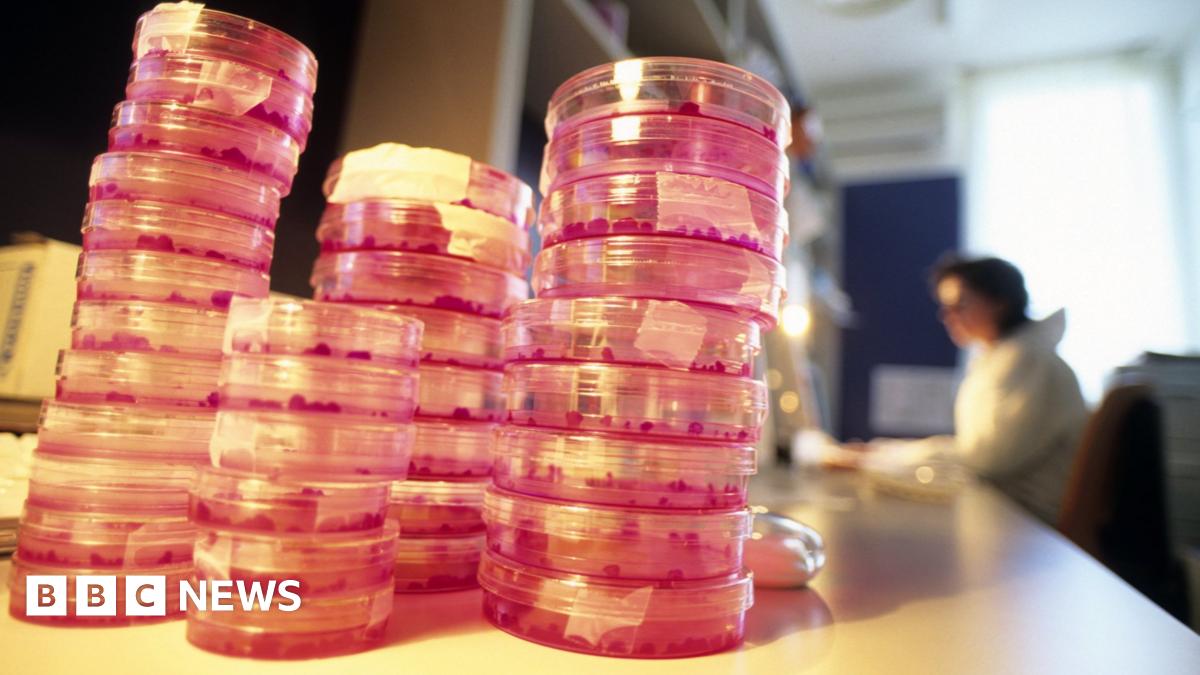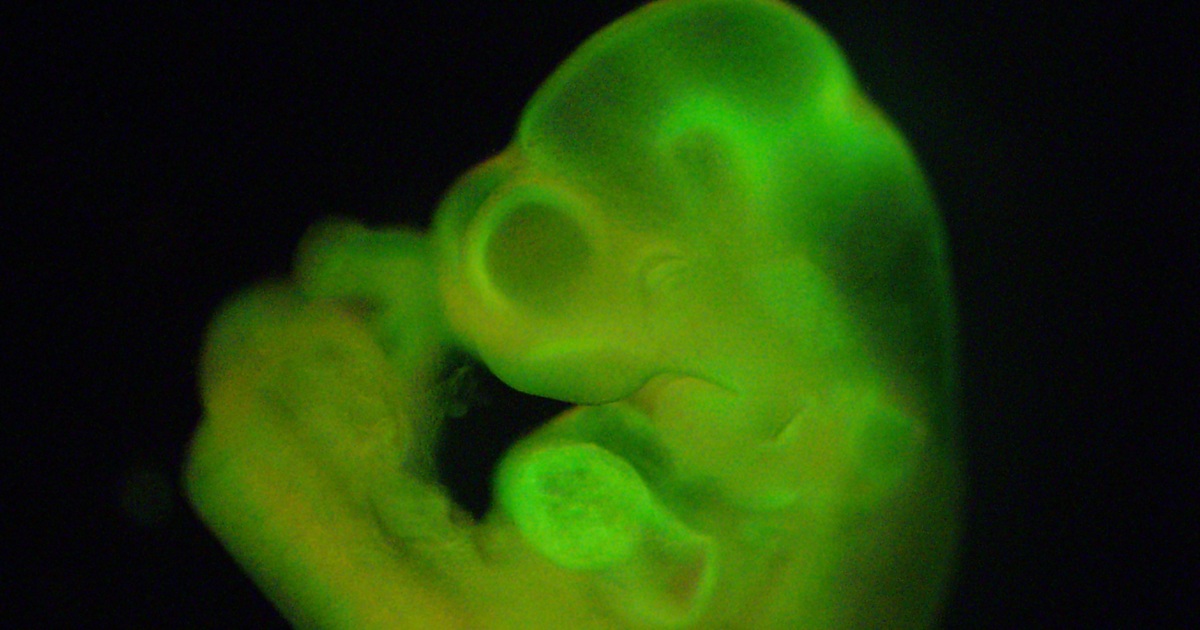bbc reports major stem cell breakthrough in Japan
Collapse
X
-
...
But he added: "It does not bring stem cell-based therapy closer. We will need to use the same precautions for the cells generated in this way as for the cells isolated from embryos or reprogrammed with a standard method."
And Prof Lovell-Badge said: "It is going to be a while before the nature of these cells are understood, and whether they might prove to be useful for developing therapies, but the really intriguing thing to discover will be the mechanism underlying how a low pH shock triggers reprogramming - and why it does not happen when we eat lemon or vinegar or drink cola?"Comment
-
LOL, makes you wonder what good the discovery is.
WE'VE GOT A MAJOR BREAKTHROUGH!!
No wait, we're not sure what it is and for no reason we'll say it'll be years before anything happens and to add salt to the burn we'll also tell you treatments could be made available in 2-5 years. HERP DERP!Comment
-
So wounding (with acid in this example) places some cells in an embryonic state and they can form into whatever? This sounds like another way to wound to me. The hard part is turning those embryonic cells into what we want with no consequences. In our case, we want a viable thick hair follicle.Comment
-
No this is not wounding, they are using a low-pH stressor to reprogram somatic cells into pluripotent cells. It is just another way of creating pluripotent stem cells without nuclear transfer or the introduction of transcription factors like c-Myc, KLF4 or Sox. It is another step forward for stem cell research.So wounding (with acid in this example) places some cells in an embryonic state and they can form into whatever? This sounds like another way to wound to me. The hard part is turning those embryonic cells into what we want with no consequences. In our case, we want a viable thick hair follicle.Comment
-
Its going to take many small steps like this to actually get anything practical. Its a very far off thing still I think some people get a little too hyped up and dont realize how far away this probably is from being a real practical cure to MPB. In enough time though I think stem cells and either multiplying or growing new hair is going to be the final cure for MPB.Comment
-
from the Nature Pub link.
Obokata has already reprogrammed a dozen cell types, including those from the brain, skin, lung and liver, hinting that the method will work with most, if not all, cell types. On average, she says, 25% of the cells survive the stress and 30% of those convert to pluripotent cells — already a higher proportion than the roughly 1% conversion rate of iPS cells, which take several weeks to become pluripotent. She now wants to use these results to examine how reprogramming in the body is related to the activity of stem cells. Obokata is also trying to make the method work with cells from adult mice and humans.Comment
-
Well guys, all the naysayers last month were claiming this was another mice study and simply dipping human cells in acid will not yield stem cells! Well, to the surprise of many scientists, this simple and incredibly cheap technique (less than $100) has just shown to work in humans...We have managed to reduce the cost 100 fold in less than 3 years now that's exciting. Prepare yourself for a revolution in biotechnology and regenerative medicine
Researchers herald greatest medical breakthrough of the age, deriving stem cells from human skin cells
Scientists are heralding a massive breakthrough in stem cell research today, after a team of American and Japanese researchers announced yesterday that they had succeeded in turning human skin cells into fully pluripotent stem cells, a move many have said may be the greatest medical breakthrough of recent times.
The technique involved an incredibly simple process of bathing the human skin cells in a weak citric acid solution for 30 minutes and inserting specific gene sequences back into the cell. The process astonished scientists just last month by successfully turning mice blood cells into stem cells, allowing scientists to then turn those newly-created stem cells into actual mouse embryos, demonstrating that the stem cells truly were pluripotent. The same process has now been successfully used to create human stem cells as well.
Pluripotent stem cells, which have the ability to reproduce indefinitely as well as be transformed into any other type of tissue, have long been proposed to be a potential cure for any number of conditions and diseases, from diabetes to spinal cord injuries. Ethical concerns have previously haunted research proposals, however, as most stem cells, previously, were derived from either from human embryos and required killing the embryo in the process of retrieving the cells, or from the tissue of aborted fetuses. Concerns reached epic proportions when scientists announced just this past May that they had successfully cloned the first human embryos, literally bringing life to pro-life advocate’s fears of scientists creating human beings for the purpose of medical research.
Comment
-
-
This page quotes Nature
Are they the same thing? They only talk about mouse cells. I can't find a reputable source about the human cells.
This source claims it hasn't been replicated
One of the guys involved is responsible for the infamous "ear mouse"
Comment
-
Wouldn't it be nice if these guys started doing work on humans instead of mice?This page quotes Nature
Are they the same thing? They only talk about mouse cells. I can't find a reputable source about the human cells.
This source claims it hasn't been replicated
One of the guys involved is responsible for the infamous "ear mouse"
http://www.bostonglobe.com/lifestyle...MbK/story.htmlComment
-
They are
 (Image: Charles Vacanti and Koji Kojima, Harvard Medical School) Talk about speedy work. Hot on the heels of the news that simply dipping adult mouse cells in acid could turn them into cells with the potential to turn into any cell in the body, it appears that the same thing may have been done using …
(Image: Charles Vacanti and Koji Kojima, Harvard Medical School) Talk about speedy work. Hot on the heels of the news that simply dipping adult mouse cells in acid could turn them into cells with the potential to turn into any cell in the body, it appears that the same thing may have been done using …
But I can't find any reputable source claiming they have already been successfulComment








Comment